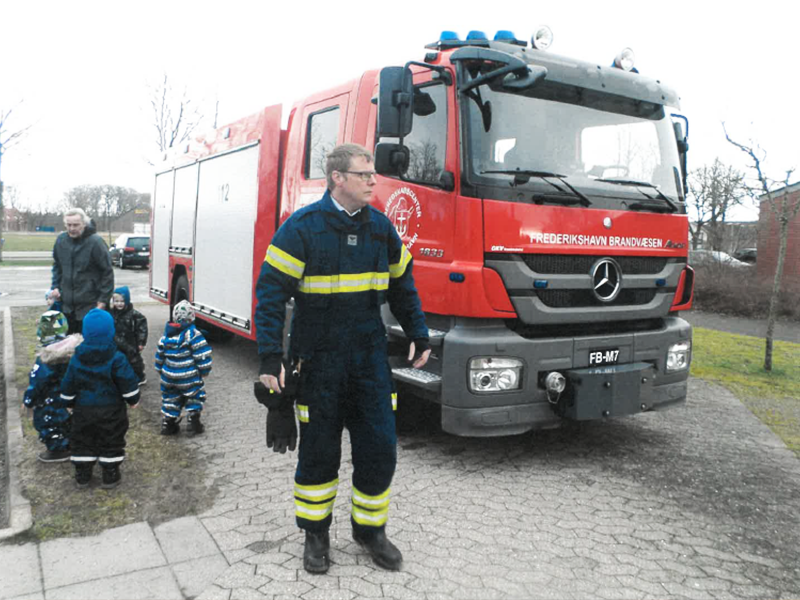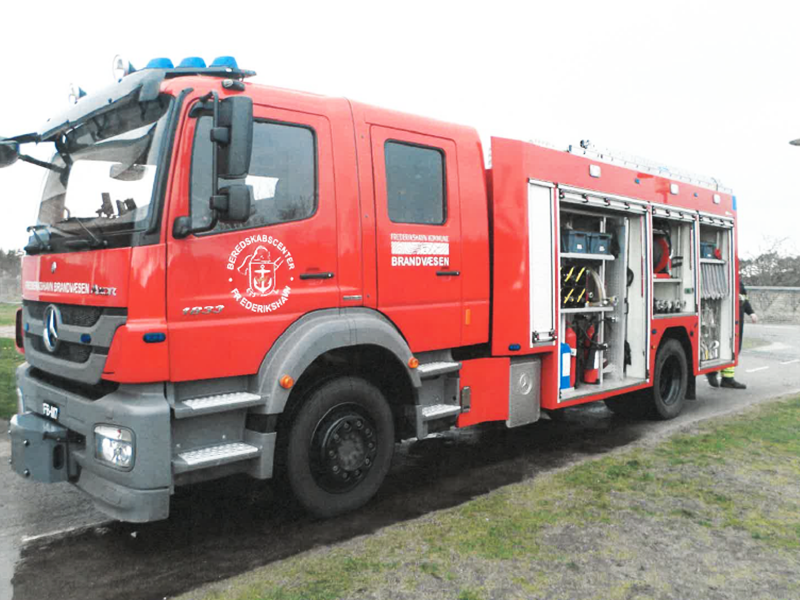MUSIC, PLAY, COMMUNITY, CO-CREATION
Region: North
Municipality: Frederikshavn
By: Frederikshavn
Year: 2019/20
Artist: Viggo Steincke
Day care: Molevitten
In autumn 2019/20 we participated in the LegeKunst project focusing on play, education, art, culture, co-creation, and aesthetic processes.
The project is based on the fact that we as an institution choose an artist who will work and inspire us in the artistic processes, and in collaboration with the staff and the children run a project where we in a triad work ourselves into the art and let us inspire and lead us around in the artistic processes.
Here at Molevitten we thought it would be exciting to work with all the age groups we have. Which means both the 0-3 year olds and the 3-6 year olds.
We chose the artist Viggo Steincke, who is a musician, artist and music producer. Viggo had never worked with the 0-3 age group and we had never worked with an artist, so we were all very excited about how it would turn out.
Common wonders:
- We wanted to be inspired to do new and different activities with the children than the ones we normally do
- We are interested in how music can capture children and what it can do for their play
- We were curious to see how the children act and react when they are together in a small group with children from another room and with two adults with whom they are not necessarily used to being together
The 0-3 year olds:
- Movement pattern (still/active)
- Concentration
- Expressing moods
- Fantasy
- Child composition - age and measurements.
- Can the process open up a greater children's perspective in relation to activities and the way of working for the adults.
- Maximum group of 10 children and two adults.
The 3-6 year olds:
- In order for everyone to be seen properly and to have their say, we decided that there should be no more than 12 children from the nursery group with the two adults who were involved in the nursery part of the project. We wanted to see if some relationships could be created across the rooms so three were chosen from each room.
- The children were selected based on various criteria, such as:
- a boy was chosen to see if relationships could develop with other children around "PlayArt" as a common third.
- one girl was chosen with the hope that she would experience some successes that would boost her confidence and desire to be in a group with other children.
- many of the other children, as well as the composition of the group, was chosen based on strengthening the children's development of relationships.
- In addition, all children were curious and interested in new activities.
In this process we were very aware that we could choose many other ways to approach it, for example by letting them join if they wanted to, boy girl composition, age, rooms, what skills and resources each child had, etc.
The process:
Viggo sent some material to us before he started up, with some of what he has done in the past. This material was presented to the children to see how they would react to the music, so we could all track how to start up. Viggo came for 1 hour to each group every Monday during the fall.
The idea was that the artist would be responsible for about 75% of the activity and the educators for about 25% and along the way it would be changed to the artist withdrawing more and more and the educators stepping forward more and more. Here it soon became clear that Viggo could bring his sounds and musical input and we could adjust it in relation to the children because of the knowledge of them.
This approach was consistent throughout the course and worked really well in both groups.
In both groups, they ended up making a song. They did this because the children quickly found a calm in the repetitive rhythm that a melody provides.
In the nursery they made a song about a fire engine because a child said fire engine when they were playing a bell the first time. We ended up having a fire truck out for a visit as a finale.
In kindergarten, they made a song about a baby gorilla and a leopard based on the children's imagination when they heard different sounds.
In addition, they started and ended each time with a fixed song, which meant that now the children knew what was going to happen and what they were going to do, and that now it was over.
After-reflection:
From the perspective of both groups, a completely different understanding of the perception of sounds and "noise" has emerged, which is now understood more as music.
Music is "grabbed" much more when children use tools to make sounds. Against this background, loud banging noises and the like are now experienced more as educational activities than as annoying noise.
High levels of adult involvement have a lot to say about how working with sounds is experienced.
If you are involved in the activity and co-create with the children, the activity is experienced much more as natural play.
Following children's curiosity starts by giving them the opportunity and space to be curious. If they experience that here it is ok to engage in sounds without the adults shutting them up or telling them not to, but rather joining in, there is a natural joy in participating and continuing the activity.
But following children's tracks is also an adult-initiated approach.
Much of the good inspiring play occurred on the back of the things Viggo presented.
So a question to ask yourself?
Would the children themselves have had that experience with music if it had not been presented by the adults?
Another thing that has become more apparent to us is the interdisciplinary sparring and organisation across competences and staff.
Leader perspective:
My experience is that if we are to make use of each other's resources, it is beneficial to have it structured and organised at staff level.
In a big house with lots of staff and children, it's hard to grab a good idea and turn it into reality unless you create space to organise and structure it. It can be felt that spontaneity is lost and that the child's or colleague's idea is not grasped. However, if you want the "project", spontaneity, imagination and good play can easily be unfolded in the structure set for the project/activity.
One thing that I seem to have experienced after this project is that educators are more likely to venture into areas that would normally have been outside their immediate area of competence, if they have someone who is good at it by their side.
There is a greater recognition of what each other can do and a greater courage to want things across rooms, skills and colleagues.
All of these things ultimately lead to a better well-being, a happier environment and a greater understanding of each other for the benefit of the children, which is ultimately the core mission.
Jakob Colbjørn Flensborg
Head Children's House Molevitten
click on the picture to see a larger version



